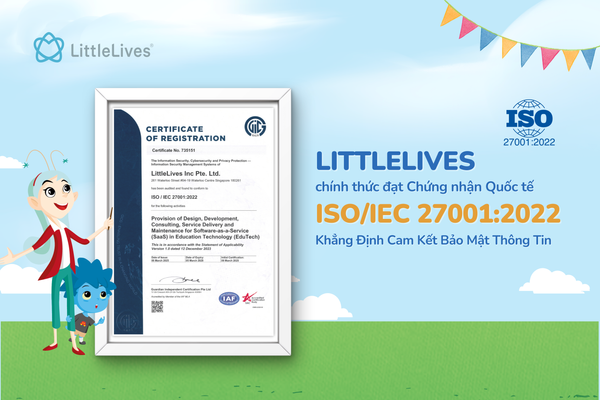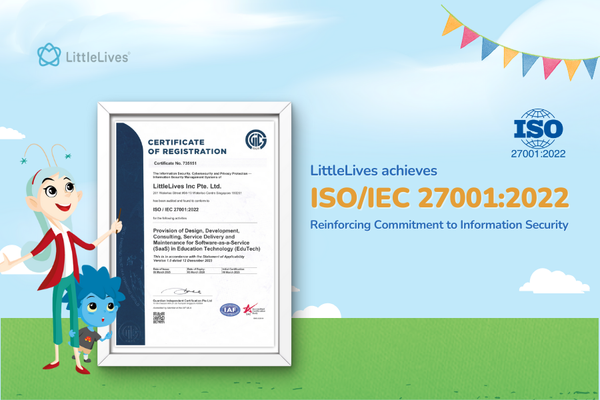Why is it tough to implement school management software?

In order to smoothly transit to ERP, schools require workflows and processes to be in sync. However, this is easier said than done. Failure to correctly implement ERP can lead to significant financial losses.
The main causes for the incomplete realization of school management systems are most often the following:
- Ineffective collection of ERP program requirements
- Excluding key users from the decision-making process
- Underestimating the budget and timing for ERP implementation
- Incorrect realization strategy
- The wrong choice of school management software
Don't worry though, this article will help you avoid these problems.
1. Ineffective collection of ERP program requirements

Any school can easily automate existing educational processes by realizing such software for school. But, when collecting data about the demands for ERP software, such processes must be carefully analyzed.
- If the terms of reference are too general, it is easy to miss processes key in ERP transition. After signing on with the vendor, you may have to pay extra to include them.
- Developing criteria for ERP realization is complex. Non-detailed terms of reference will lead to bad KPIs, which will not allow you to revise the strategy in time. This can cause budget overruns and the threat of project failure.
Solution: Keep in mind that school management software is created to automate and improve processes. From the get-go, schools should determine the areas and learning processes that need to be optimized. The terms of reference should describe in detail:
- typical scenarios of user work in software for school management
- user roles
- role restrictions
For each scenario, it is also necessary to indicate:
- the formats of the source data
- templates of output printing forms
If there are third-party systems, the documentation should describe the protocols for interacting with them. Production documents should be regularly reviewed for errors and inconsistencies. If necessary, they should be updated and the project plan should be adjusted accordingly.
1. Excluding key users from the decision-making process
Do not make the mistake of excluding your teachers and administrators - heaviest users of your school management software - from the decision-making process.
An expensive example of this error is Hershey's loss of $112 million, due to a slipped ERP start. The project was supposed to lead to the creation of an ERP system that completely covered the production process. However, after the start of the system, it failed to help the company fulfil its required orders.
Solution: To prevent this from appearing in your school, ensure that all key personnel are qualified to operate the system and that the program is fully tested before running live.
3. Underestimating the budget and timing for ERP implementation
This error can be fatal for the realization of school management systems. If actual costs exceed budgets and timelines are delayed, it may be impractical to proceed. For example, in 2009, Axon exceeded its budget by 11 million, resulting in the City of San Diego terminating its partnership.
The main reasons for the budget overshoot in the study are:
- increasing the volume of the project
- underestimating cost
- unforeseen organizational expenses
The most frequently cited reason for exceeding deadlines is an unrealistic assessment. According to ArcherPoint experts, an ERP system realization takes on average six months to two years, depending on the size of the organization. The Panorama survey estimates it to be 14 months, as opposed to the expected 12 months by respondents.
Solution: It is necessary to involve key school personnel who will be affected by automation in the planning process. To reduce the likelihood of inadequate forecasts, consider using the services of consulting companies.
4. The incorrect realization strategy of educational management systems
There is no universal implementation strategy. The decision will largely depend on the size of the school and its unique needs.
The options of implementation are as follows:
- Modular implementation, that is, the commissioning of not the entire ERP at the same time, but only part of its modules. For example, at first, only personnel management is implemented.
- Execution by department, where the system is introduced in one or more related departments in the first stage.
- Everything at once (the so-called Big Bang variant): a risky decision, but possible if the amount of automation is small, and the costs of simultaneously supporting old and new systems too high.
- Hybrid implementation is a combination of the first three options.
Solution: It is necessary to decide on a strategy before starting development in order to correctly prioritize when setting up and finalizing various modules, as well as correctly allocate resources.
5. The wrong choice of school management software

According to the Mint Jutras report, 67% of respondents would like software for management in their organizations to be more industry-specific. These survey results indicate that the respondents consider ERP systems in their companies not flexible enough. Therefore, it is worth paying attention to the choice of software. Making the wrong decision at this stage is one of the most expensive mistakes. It is necessary to study and compare the capabilities of available school management systems:
- whether their functionality allows you to automate all key departments of the school
- how flexible these systems are in terms of customization options for the school
- whether they take into account the specifics of the school operations
- can they be integrated with other school software?
Solution: choose a reliable supplier of your future software for school management. Utilizing the key parameters of your conditions, contact the most trusted companies, such as LittleLives, to best fit your needs.
Frequently Asked Questions
- How do you manage a successful school?
Today, many schools use school management software to improve the management of the organization and make it more successful. Practice shows that the optimization of everyday processes simplifies the work, making it error-free.
- Why is a school management system needed?
A school management system is needed for institutes that want to become more flexible in the current educational realities. If the goals of your school are delayed for a long time or do not have an implementation, then this software will help to adjust the organization's analytics. Thus, you can always be on the alert and transparently see every moment with regard to the educational institution.
- How do I choose a school management system?
Some of the most important criteria when choosing a school management system are:
- Constant updates
- Reliability
- Long term support
- Scalability
- Ease of use





